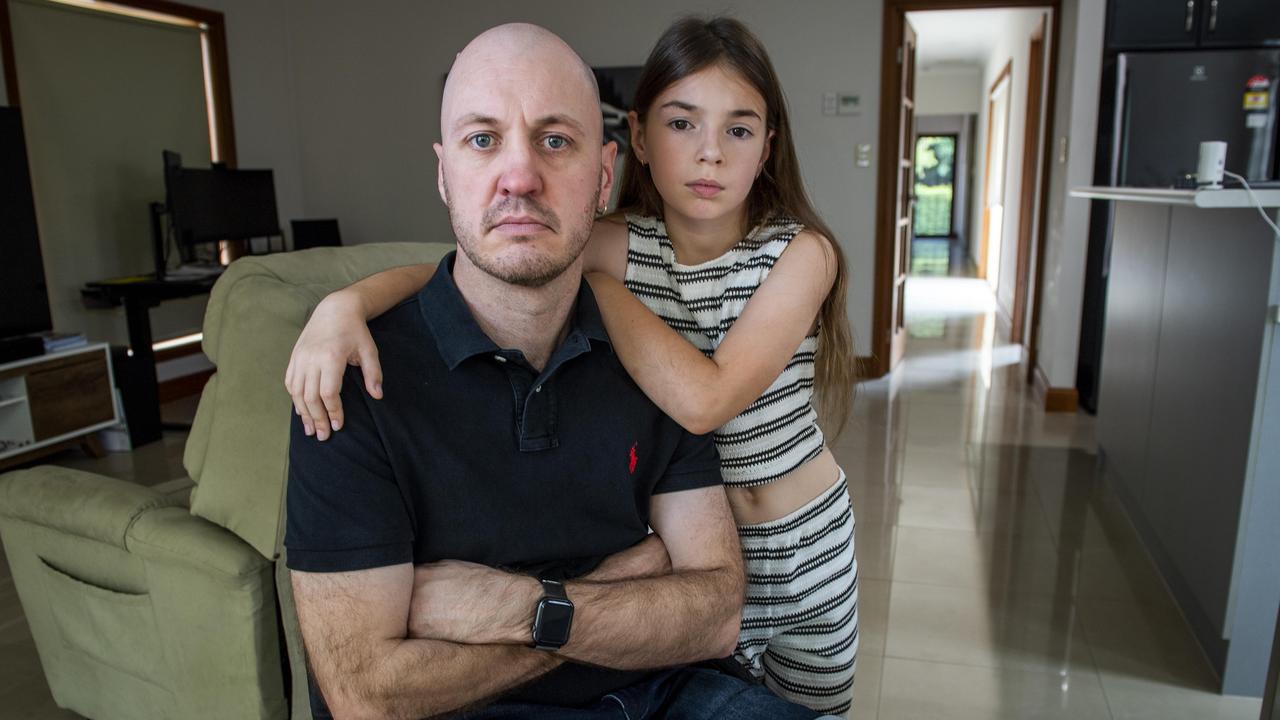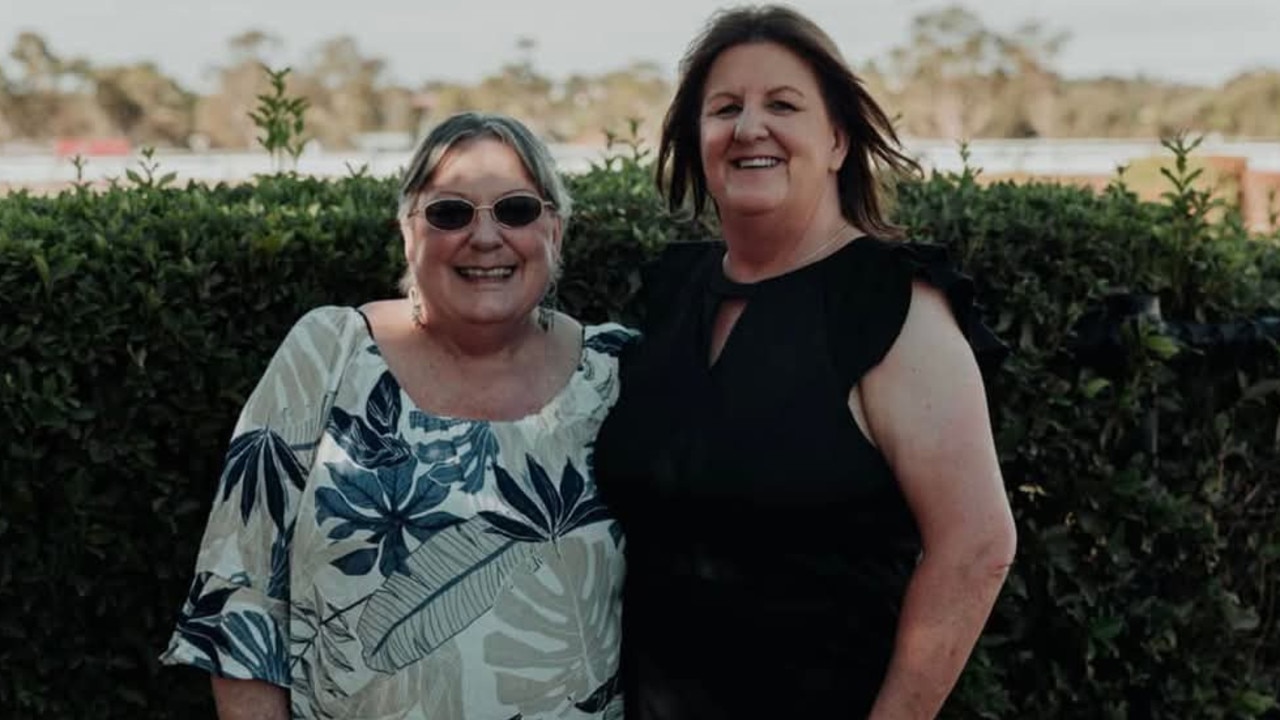The device that stops diabetics dying in their sleep
DANIELLA Meads-Barlow died in her sleep before the HSC because she couldn’t access technology that would have saved her.
Illness
Don't miss out on the headlines from Illness. Followed categories will be added to My News.
EXCLUSIVE
DANIELLA Meads-Barlow died in her sleep in the week she was to start the HSC because she couldn’t access technology that would have managed her diabetes and saved her life.
Now her mother Donna is fighting to get a government subsidy for a $5,000 continuous blood glucose monitoring device for the 130,000 Type 1 diabetes patients at risk of dying in the same way.
“She went to bed a happy, healthy 17 year old with a blood sugar level of 12.2, which is safe to go to bed,” says Ms Meade Barlow.
“When I went to wake her at 6.30am to go to school she had passed away during the night.”
Daniella’s blood glucose level had dropped so quickly she had experienced a seizure and gone into a coma.
When the doctor came to the Chatswood house in 2011 to certify Daniella’s death he told her parents there was technology available in America that could have saved her life.
“Our objective from then on was to do what we knew her wish would be and take something terrible and turn it into something positive,” says Ms Meads Barlow.
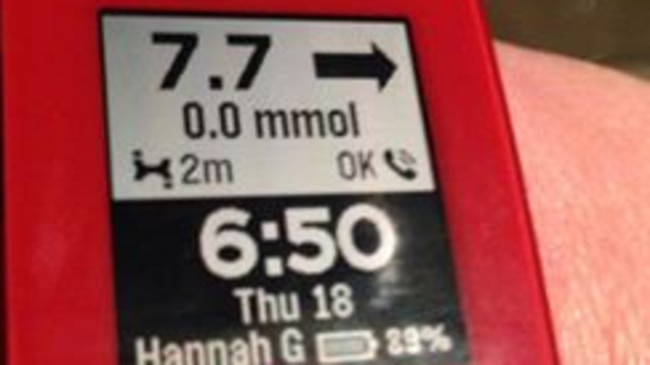
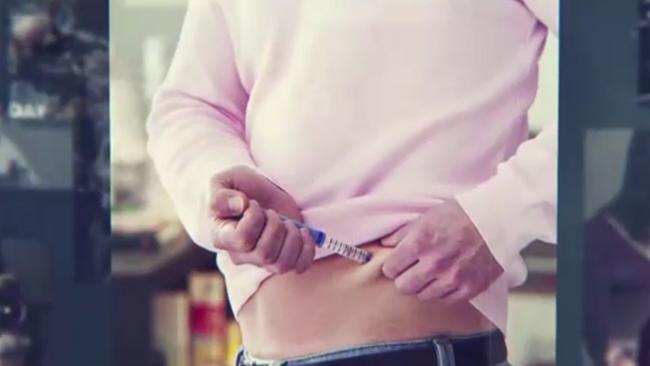
First the Danii Foundation worked to get the devices approved by the medicines watchdog in Australia now they are trying to persuade the Health Minister Sussan Ley to subsidise it.
The Foundation hosted a cocktail function for politicians at Parliament House in Canberra on Tuesday night to garner support for a government subsidy.
Diabetes Australia chief executive Greg Johnston says while there is a clear pathway for life saving drugs to get a subsidy through the PBS system no such path exists for new medical technology like the continuous glucose monitor.
“We want a clear pathway similar to medicines,” he told News Corp.
Diabetes Australia would be presenting the government with a formal funding request for contonuous glucose monitoring devices before the end of the year, he said.
More than 50 children who have died from complications from type 1 diabetes could have been saved by the device over the last two years, Ms Meads-Barlow said.
Continuous blood glucose monitors automatically check glucose levels throughout the day and night sounding an alarm if the glucose level is changing rapidly.
They can be used to prevent a hypo before it happens and are particularly useful overnight when parents and children are in separate rooms.
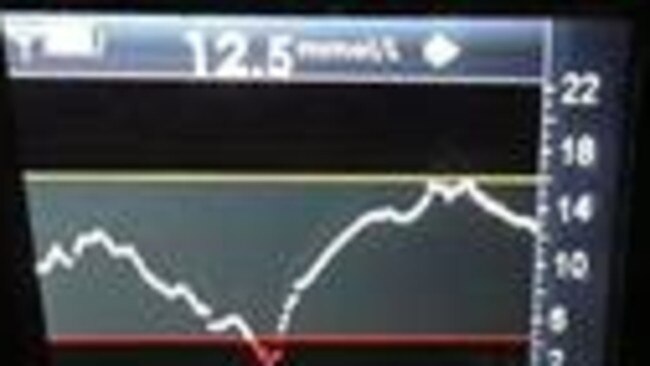
Parents of young children with type 1 diabetes face the draining challenge of checking on them every two hours during the night to make sure they don’t experience serious blood glucose fluctuations.
The devices cost around $1,200 but a further $480 a month is needed to pay for the censors used to monitor glucose levels.
It currently costs taxpayers $16,000 per patient per year to manage Type 1 diabetes including hospital costs, insulin and test strips, says Ms Meads-Barlow.
“If you spent $5,000 on this device you could reduce hospital admissions and complications and it would be cost saving for the government,” she says.
Health Minister Sussan Ley said the Turnbull Government is currently working closely with health care professionals to manage chronic illness through the development of its National Diabetes Strategy.
“It’s important any new treatments and or devices for chronic illnesses were evidence-based and any changes were carried out in close consultation with patients and clinicians,” Ms Ley said.
Catherine Rowley says she already spends $12,000 a year on her nine-year-old daughter Kaylin’s diabetes management.
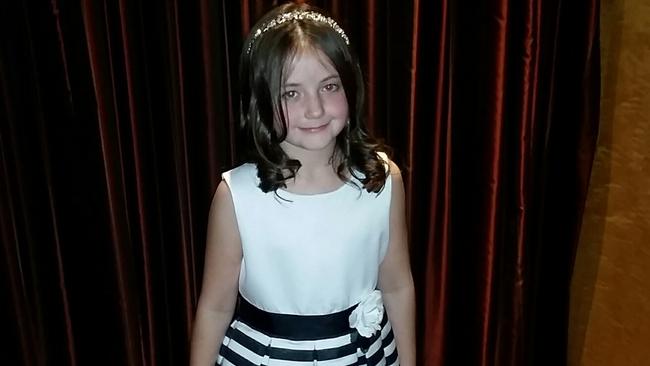
She trialled a continuous blood glucose monitor and it saved her daughter’s life three times, she says.
“But after paying for the first box of sensors we couldn’t afford it any more,” she says.
“I have to wake up every night every two hours and check on her, I’ve not had a full night’s sleep in seven years,’ Ms Rowley says.
“I’m hoping we can get some sort of subsidy and just reduce the cost,” she said.
Ms Meads-Barlow says because the device is not a pill there is no pathway to apply to get a subsidy through the health system.
She’s appealing to Ms Ley to fund it through the National Diabetes Services Scheme.

Originally published as The device that stops diabetics dying in their sleep


